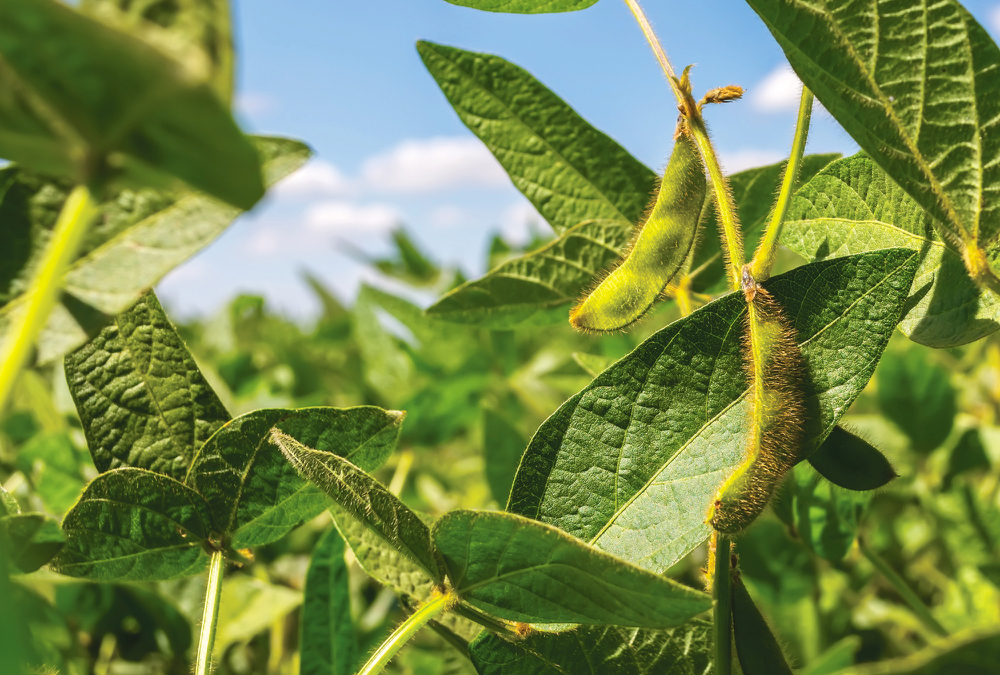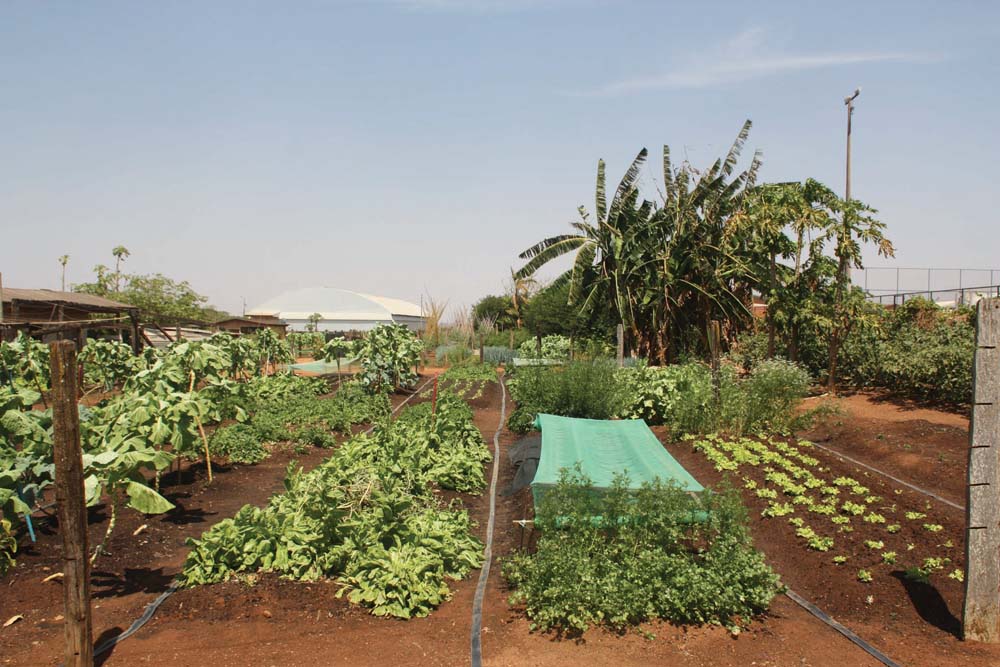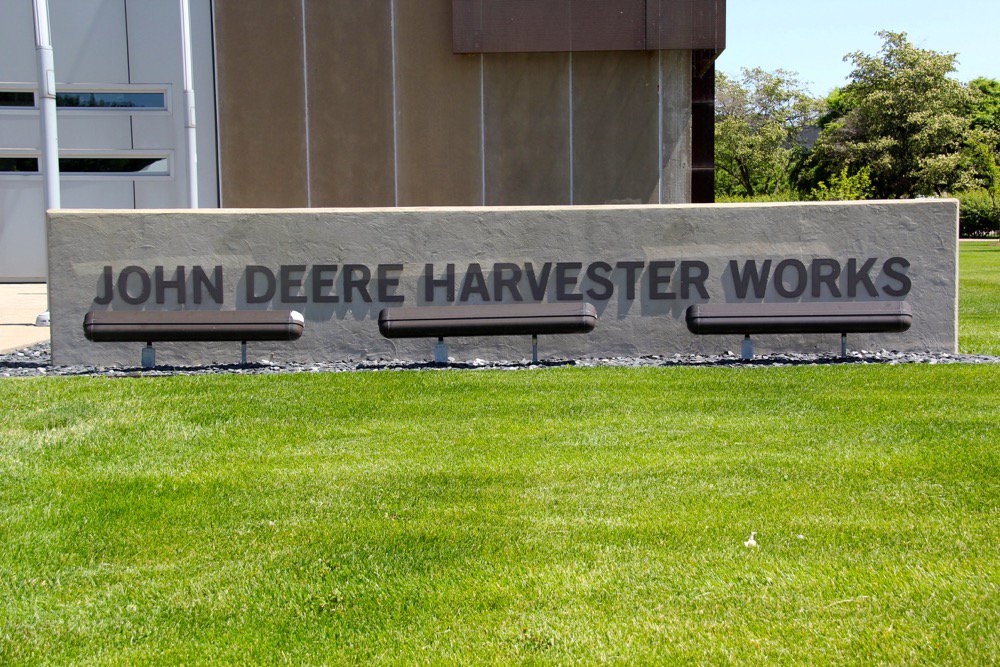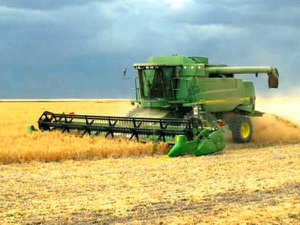$12.8 billion net farm income

In 2009, total Canadian net farm income was $2.8 billion. Four years later, it was $10 billion more, with Statistics Canada’s saying a $5.6-billion rise in the total value of farm-owned inventories from the year before accounted for almost all of the increase in total net income in 2013
That inventory increase came from a record production of several field crops in Western Canada, coupled with greater on-farm storage capacity and a railway system that simply couldn’t keep up.
According to 2015 Canadian Agricultural Outlook produced by Agriculture and Agri-Food Canada, aggregate net cash income for 2014 is expected to reach $14 billion, 10 per cent above the 2013 record.
Farm-level average net operating income is forecast to be $78,139, also an all-time high. Although grain and oilseed prices fell, strength in livestock prices and margins has buoyed average farm income.
Alberta fed cattle prices reached $202 on May 1, points out Jerry Klassen, a commodity market analyst in Winnipeg who maintains an interest in the family feedlot in southern Alberta. That is up 40 per cent over last year, while feeder cattle prices are up 40 to 50 per cent on average over the past year.
Lower energy values have resulted in larger disposable income for the average consumer, Klassen explains. Lower crude oil prices have also contributed to a weaker Canadian dollar, enhancing the competitive edge for Canadian cattle producers.
Finally, the North American economy is firing on all cylinders, causing a rise in wages, lower unemployment levels, greater disposable income and pre-recession-type consumer confidence levels that are causing a demand shift toward beef products.
5.5 million acres of soybeans

Now the fourth largest crop in Canada, soybeans are projected to keep growing. In 2014 Canadian farmers planted a record 5.5 million acres, up nearly two million from 2011. Notably, soybean acres in Western Canada have ballooned, with over one million acres in Manitoba alone. Better short-day bean varieties with herbicide tolerance have been the catalyst for the expanded acres, and this trend is expected to continue, thanks to more new varieties bred for Western Canada.
In response, a new national organization was formed last September replacing the Canadian Soybean Council and the Canadian Soybean Exporters Association. Members and directors of the board include representatives from each of the major soybean grower associations across Canada plus industry representing crushers, exporters and seed companies.
“Soy Canada will speak with a single voice for the industry and, working collectively, will develop and implement a strategic plan to grow the industry and maximize returns to all components of the value chain,” says newly hired executive director, Jim Everson.
14.3% increase in average farmland values
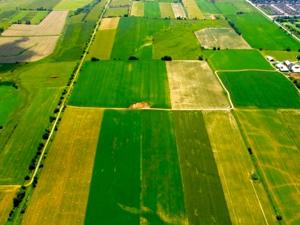
According to Farm Credit Canada’s (FCC) farmland report, the average value of Canadian farmland increased 14.3 per cent in 2014, following increases of 22.1 per cent in 2013 and 19.5 per cent in 2012. Average land values have increased every year since 1993.
FCC’s chief agricultural economist, J.P. Gervais, has been predicting a soft landing for farmland values since crop prices began moving closer to the long-term average, following abnormally high prices due to the 2008 U.S. drought.
Gervais doesn’t anticipate a collapse of farmland values, but he does see slower increases in the coming years. The most likely drivers of increased values are crop receipts and interest rates.
The highest increase last year was in Saskatchewan at 18.7 per cent but this is slower than in 2013, when average value jumped a colossal 28.5 per cent following a 19.7 per cent jump in 2012.
However, farmland in Canada is not appreciating everywhere, with increases in the Maritimes being much slower.
Overall, average net worth per farm is expected to set new records of $2.0 million in 2014 and $2.1 million in 2015.
In agriculture, strong crop receipts have kept the debt-to-net-income ratio relatively flat for the decade. “It’s important to remember that even as farm debt is rising, land values continue to increase on average across Canada,” says Gervais. “Interest rates remain low, and asset value and farm size continue to grow.”
40% drop in new combine sales

According to the Association of Equipment Manufacturers (AEM), year-to-date sales of self-propelled combines are very soft in Canada, dropping from 4,130 in March 2014 to 2,500 a year later. This big drop of 39.5 per cent follows a combine- and tractor-buying bump in October.
AEM, citing U.S. Department of Commerce data, sees similar 2014 trends around the world for all types of ag equipment. Exports of U.S.-made farm machinery ended 2014 down 29.2 per cent compared to 2013. Exports to Canada dropped 38.4 per cent.
All world regions recorded double-digit declines except Central America. Asia, Europe and Canada had the highest rates of decline.
AEM’s director of market intelligence Benjamin Duyck says the decline has continued into 2015. “We are currently experiencing a global ag downturn,” Duyck says. “The overall downturn is a combination of various factors, mainly economic, but some of it is also driven by legislation and issues regarding the strong dollar.”
5,668 + 16,600 Twitter followers

Two farmers, 2,000 miles apart, are shaping Canada’s e-farm future, with their combined 22,000 social media followers.
Andrew Campbell, a young dairy farmer from near Strathroy, Ont., has about 18,000 followers between Twitter and Instagram. “Twitter makes up the bulk of that — but I do post the pictures to Instagram as well,” he says. You can check out his website at thefreshair.ca.
Nurse and mother, Sarah Schultz is also a farm wife to Jay Schultz who grows about 6,000 acres of wheat, canola and yellow peas in south central, Alberta. She also has a blog 'Nurse Loves Farmer' and is on Facebook.
Schultz says the payback for being part of agriculture on social media includes all the connections she has made with people from all over the world, plus being able to have questions answered within minutes. “As a farm wife and mom who spends the majority of my time at home, social media has been a great way to still be social and have that human connection that sometimes gets lost living in a rural area,” Schultz says.
The downside includes getting pulled into arguments, and finding out how easy it is to be misunderstood. It’s extremely hard, if not impossible, to interpret someone’s tone on social media, she warns, and it’s far too easy to have your words taken out of context.
Schultz has learned to choose her words wisely, and to be kind and respectful. “It’s guaranteed that you won’t agree with everyone on everything, but we can at least respect each other’s differences,” says Schultz. “I also go by the rule: tweet as if Grandma is watching.”
Andrew Campbell knows the impact that negative feedback can have in the social media world. Earlier in the year, he achieved some notoriety when animal rights advocates targeted him and his livestock farming, yet he also received praise for how he handled being a lightning rod for activism. “It just shows the importance of opening up our industry,” says Campbell. “We do need to address the issues and conceptions that the majority of consumers have, so we can continue farming the way we know is best for our land and livestock rather than being told how to do it.”



